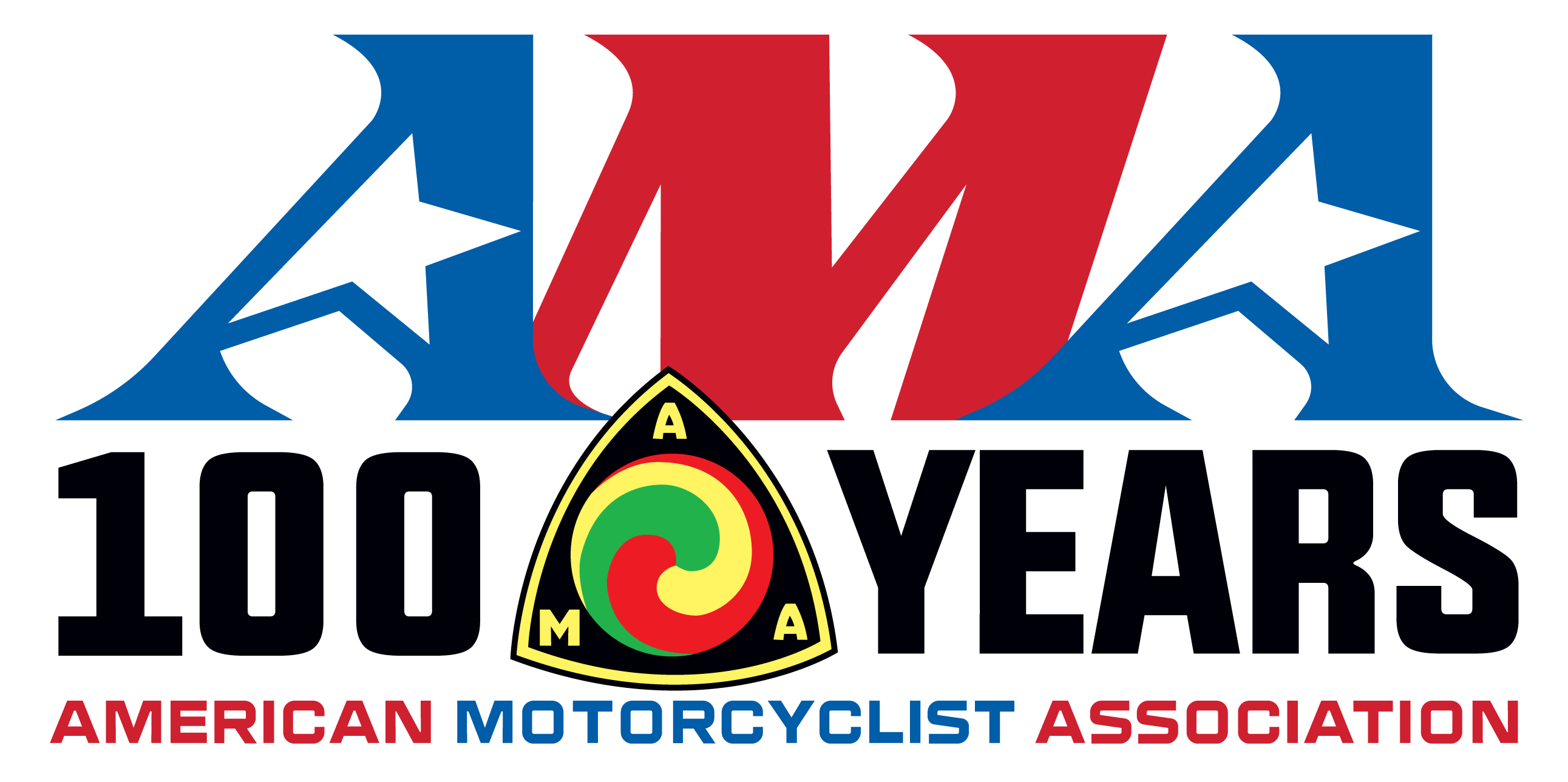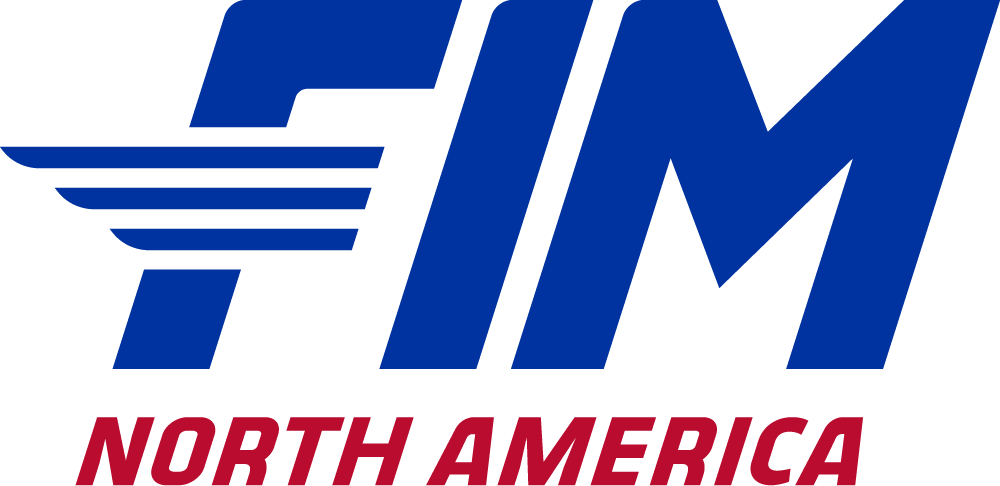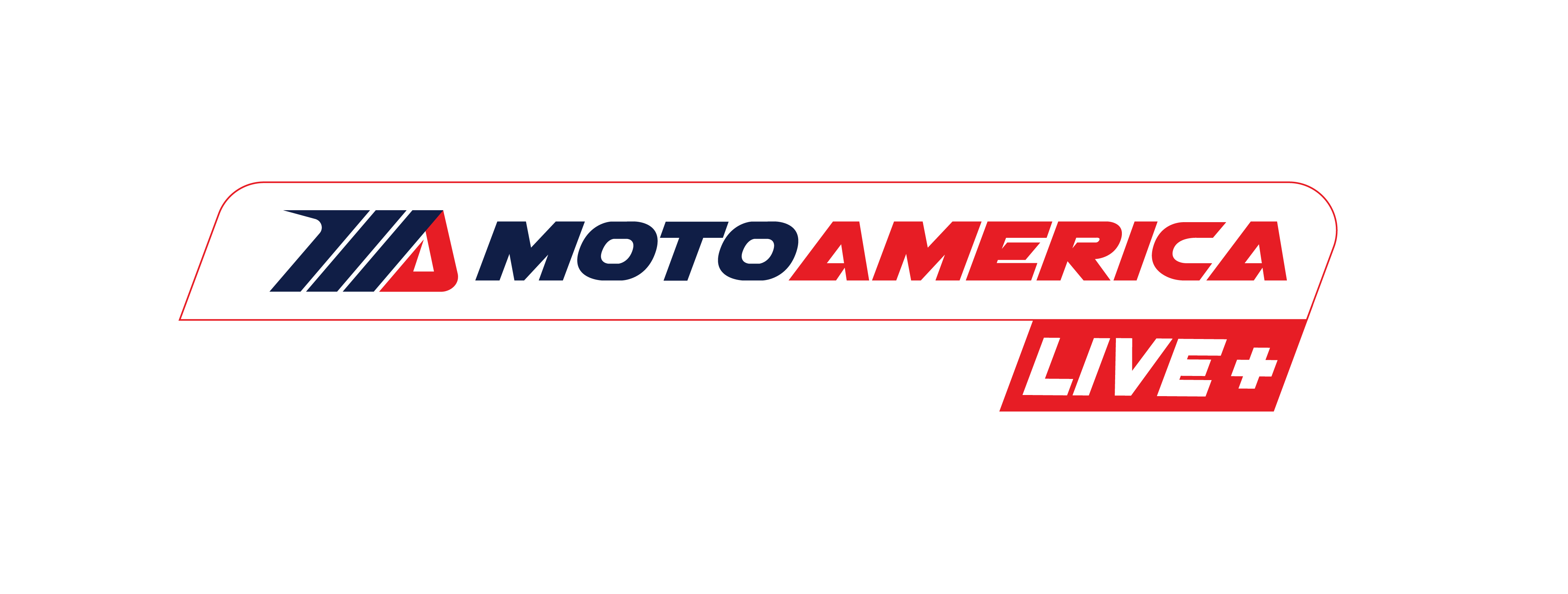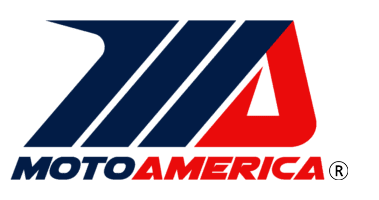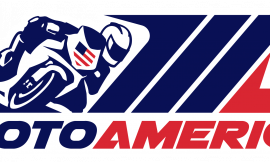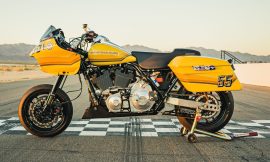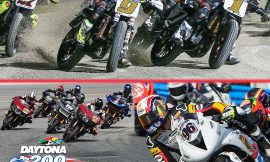
It’s no secret that slick tires provide the most grip, best performance, and yield the fastest laptimes on a road racing motorcycle. Tires are the only part of motorcycles that are in contact with the surface, and all of the acceleration, braking, and cornering forces are transferred to the asphalt via the two contact patches where the rubber meets the road. When the forces acting on the tires exceed the friction between the tire and the asphalt, you lose traction, slide, and sometimes crash.

You maximize grip by maximizing the amount of tire-to-road contact. The coefficient of friction between a tire and the asphalt is constant, but a larger tire will have a larger contact patch and cornering/acceleration/braking forces are distributed over a wider area, which reduces the likelihood that those forces will exceed the friction between the two surfaces. Larger tires improve grip by benefitting from a larger contact patch, and slick tires improve traction by making sure that every inch of the contact patch is being used effectively.
On a treaded tire, all the little grooves and channels that you may think increase grip, in actuality, reduce grip because there is no rubber touching the road where the grooves and channels are. For example, if a tire’s surface is 10% tread, it’ll have a 10% smaller contact patch than a slick tire of the same size.
In addition, treaded tires deform from the weight of the motorcycle, the rider, and the forces acting upon them. When weight is put on a tire, it changes in shape but not volume. On a treaded tire, all those little grooves and channels give the tire room to deform and, because the rubber “springs back” with less energy as it leaves the road, you’re losing efficiency to rolling resistance. Slick tires deform less because they don’t have any grooves and channels, so you experience less rolling resistance.

It’s a universal truth that water makes things more slippery, but water won’t make a slick tire more slippery than a treaded tire if both tires are made of the same rubber compound. In fact, because of a slick tire’s larger contact patch, it’s likely to maintain more grip in the wet than a treaded tire of the same size and the same rubber compound. Water lowers the coefficient of friction, but a slick tire still benefits from the larger contact patch distributing those forces over a wider area.
Perhaps you’ve heard the scientific principle that “water can’t compress.” In a car, if you’re going too fast, water will become trapped beneath your tires and you’ll ride along the top of it, which is called hydroplaning. Car tires have deep channels in them, which divert water out from underneath them.
But, the shape of a car tire and the shape of a motorcycle tire are dramatically different. A car tire is wide and always rolls vertically, resulting in a contact patch that looks like a large rectangle with rounded corners. A motorcycle tire is narrow and, because bikes lean in turns, the profile of the tire has to be round. As a result, motorcycle tires have a contact patch that looks more like a narrow oval. This oval shape is much better at “pushing” water out to the sides of the tire and actually makes it nearly impossible to get enough water underneath the wheel to cause hydroplaning.
